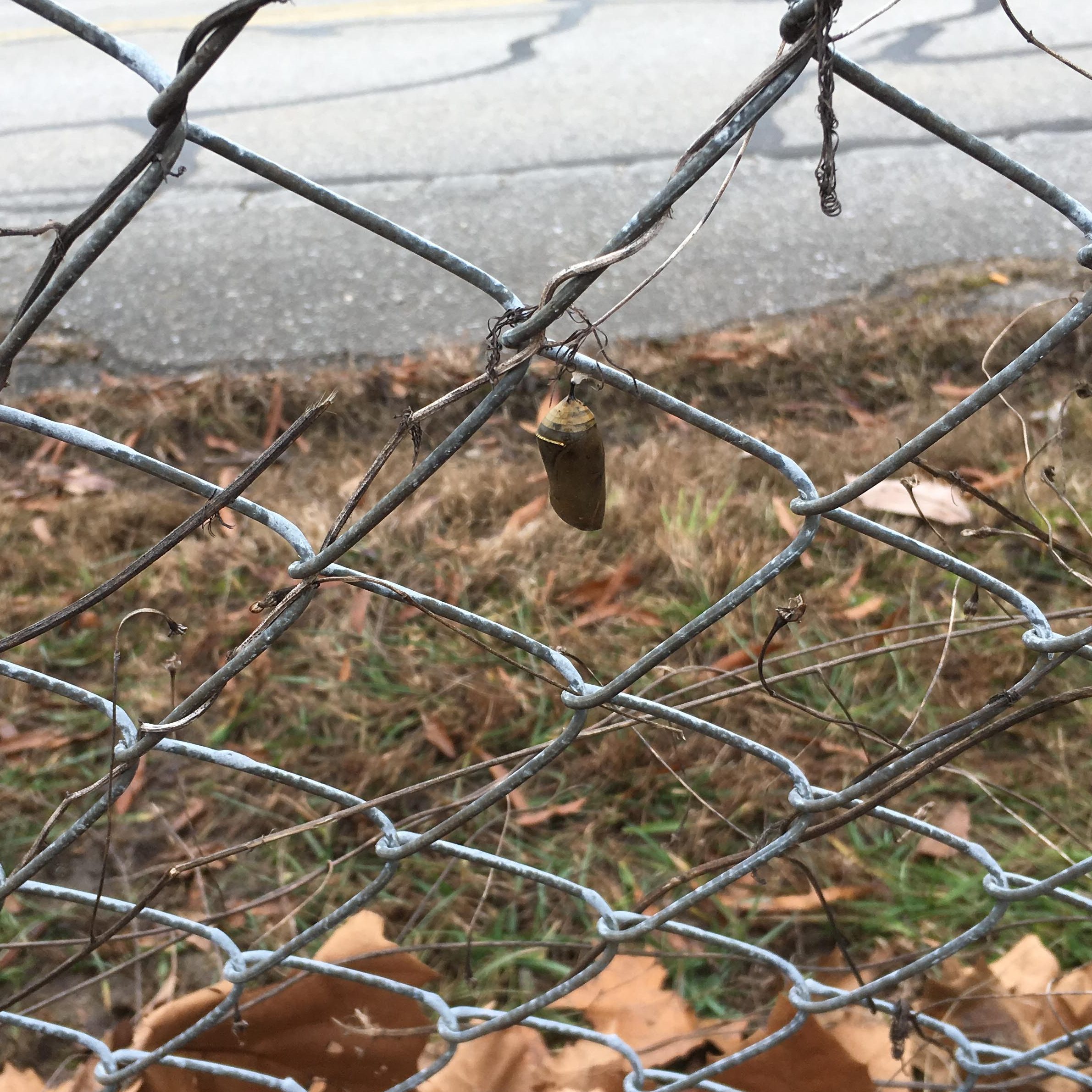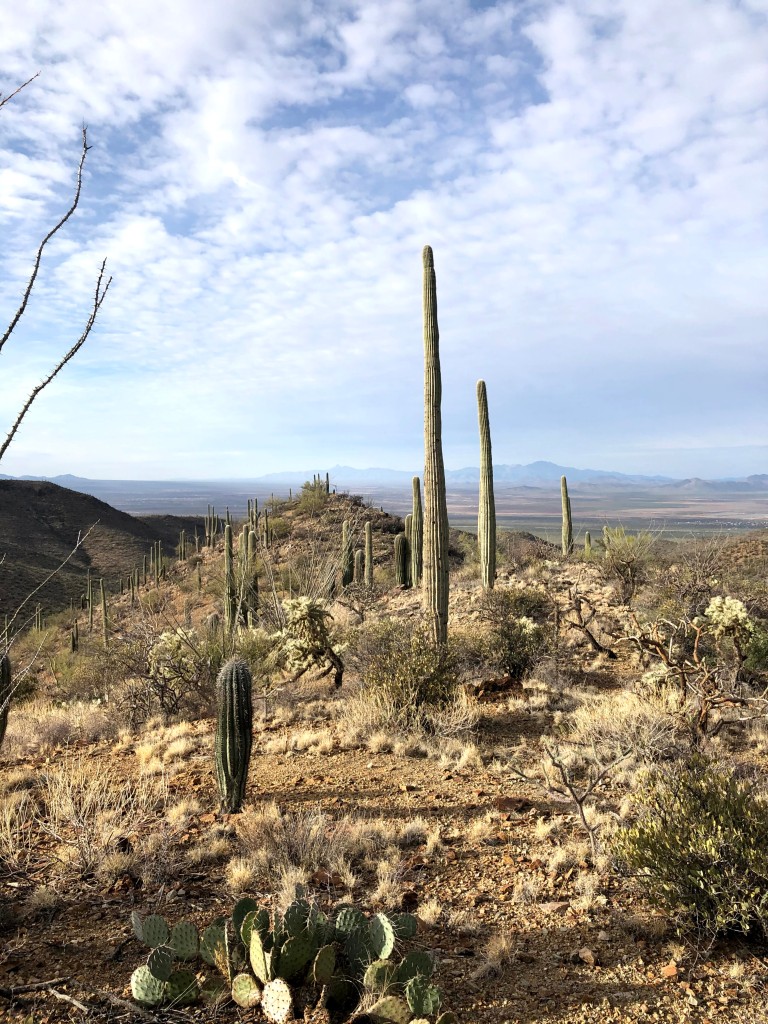I have been pretty busy this week as I packed and moved from Flagstaff, Arizona to Tucson, AZ for work. Yes, I really have a real full-time job; these articles are just for fun and to provide fun educational information for everyone. Anyway, because of being busy with moving I didn’t have the time to write a full article so instead I decided to put some random animal and plant facts together for you. I actually had a lot of fun with this so I likely will do this again sometime. Comment below to tell me some animals and plants you want to know some random facts about in the future.
- If an animal only has babies one time in their life and then dies this is called semelparous. Some examples of this are Salmon and Octopus. The opposite of this is iteroparity, which is when an animal can reproduce many times before it dies. Humans are iteroparous.
- Most frogs and salamanders are not born with lungs. As tadpoles, they are born with gills and develop lungs through early development and then metamorphosis.
- On that note, there is a whole Family of salamanders (Plethodontidae) that never have lungs. They also don’t have gills, they breathe through their skin.

- Female hyenas have a pseudo-penis. This helps with establishing dominance. When giving birth they pull the pseudo-penis in and it works as a birthing canal. Most hyenas lose their first born because of the difficulty of the delivery through that long birthing canal.
- I think most people know that nocturnal refers to a living thing that is most active at night. Diurnal is the opposite of nocturnal: living things most active during the day. There is a third term though: crepuscular. Crepuscular refers to living things that are most active at dawn and dusk. River otters and Joshua trees are just a small example of the many living things that are crepuscular.
- If a sea star (also called starfish) loses a limb it can regrow it. Also, they are not a fish, they have no bones which makes them an invertebrate.

- Caterpillars will create a cocoon or chrysalis where they will metamorphose into a butterfly or moth. There is a difference between a cocoon and a chrysalis.
- Cocoon: A caterpillar that turns into a moth tends to create a cocoon. Cocoons tend to be built flat on something like the bark on trees, they do not hang. Cocoons tend to be made out of the hairs on the outside of a furry caterpillar. I
- Chrysalis: A caterpillar that turns into a butterfly tends to create a chrysalis. Instead of being built on a flat surface a chrysalis tends to hang from something such as the bottom of a leaf. A chrysalis is not hairy, it is actually created from the outer layer of the caterpillar’s skin. When the caterpillar is ready, it will find a good place to hang upside down and then it will sluff off its caterpillar skin to reveal the chrysalis.

- Saguaros: the giant iconic cactus (also common in episodes of Wile E. Coyote and the Road Runner… is this still a thing?!) do not develop limbs until they are about 100 years old. Prior to that, they will just be one spiny pole slowly growing up to the sky.


- A snail’s reproductive organs are in its head… I guess these fellas really do have a one track mind
Comment below to let me know some other topics you would like to learn random facts about.